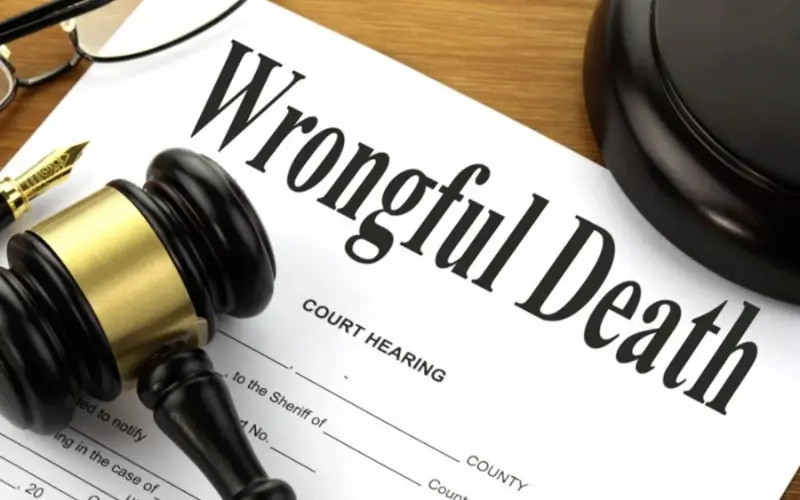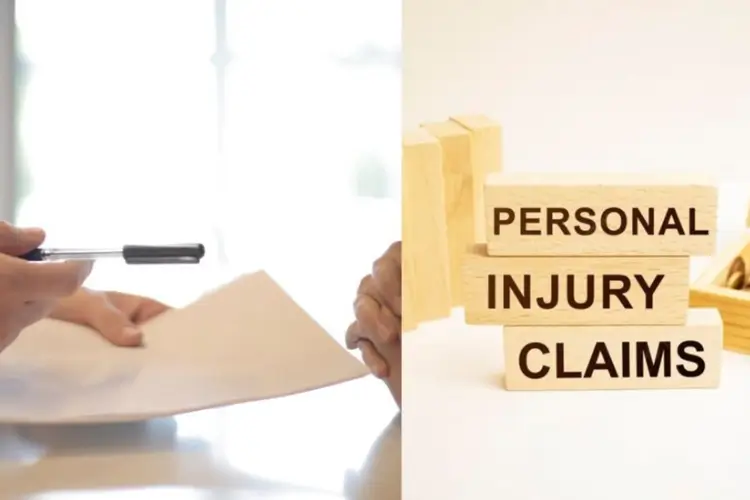A thorough grasp of the procedures and applicable legal standards is necessary to navigate the wrongful death claims litigation system. Survivors of a loved one who died as a result of the negligence or wrongdoing of another may pursue justice and restitution via a formal legal process. This journey typically begins with eligibility determination, followed by evidence gathering, filing a formal complaint, and engaging in negotiations or trial proceedings. Families looking for accountability and recompense within the legal system must understand each stage.
What Is a Wrongful Death Claim?
A wrongful death lawsuit may be filed by the surviving family members or the property of a person who passed away due to the negligence, recklessness, or intentionality of another. These claims can arise from various incidents, such as car accidents, medical malpractice, workplace injuries, or criminal acts. The main objective is to reimburse the family for losses like burial costs, lost wages, and lost companionship. Consulting personal injury attorneys in West Des Moines (or elsewhere) can help families navigate these complex claims and ensure they receive the full compensation they are entitled to.
Who May Make a Claim for Wrongful Death
When pursuing a wrongful death claim, the right to file usually lies with the deceased’s closest family spouses, children, and parents. However, laws vary by state; extended relatives or financial dependents may also qualify in some cases. The estate or other eligible parties may step in if no immediate family exists. Experienced attorneys for wrongful death claims can clarify who has legal standing in your case, ensuring the correct parties take action to seek justice and compensation.
Key Legal Elements to Prove
To prevail in a wrongful death case, the plaintiff needs to prove four essential components;
- Duty of Care
The deceased owes the defendant a legal duty.
- Breach of Duty
The defendant’s negligence or improper behavior prevented them from upholding that duty.
- Causation
The breach directly caused the death.
- Damages
The family suffered quantifiable losses as a result.
Credible evidence, such as accident reports, medical records, and expert testimony, must support each element.
The Legal Process Step-by-Step
- Consultation and Case Evaluation
The process begins with consulting a wrongful death attorney, who assesses the case’s merits and explains legal options.
- Investigation and Evidence Gathering
Lawyers conduct a thorough investigation, collecting evidence to establish liability and damages.
- Filing the Lawsuit
A formal Statement of Claim is filed, detailing the allegations and damages sought.
- Discovery Phase
Both sides exchange relevant documents and question witnesses under oath to clarify facts and strengthen their positions.
- Negotiation and Settlement
Many cases are settled out of court through negotiation. If a fair agreement is reached, the matter concludes without Trial.
- Trial
If a settlement cannot be reached, a jury or judge will decide who is at fault and how much should be reimbursed.
Damages and Compensation
Compensation in wrongful death cases can include;
- Funeral and burial expenses
- Lost future income and benefits
- Loss of companionship and emotional support
- The cost of medical care for a terminal illness or injury
- Pain and suffering of surviving family members
The amount awarded depends on the circumstances, including the deceased’s age, earning capacity, and the impact on the family.
To Sum Up
Successfully pursuing a wrongful death claim demands both legal knowledge and emotional resilience. The process, from investigation and evidence collection to negotiation, Trial, and potential appeals, ensures that all parties can present their case and seek resolution through the courts. Families can better advocate for their rights and make informed decisions when comprehending each step. The legal process provides a path to accountability and compensation, helping survivors find closure and justice after a tragic loss.




